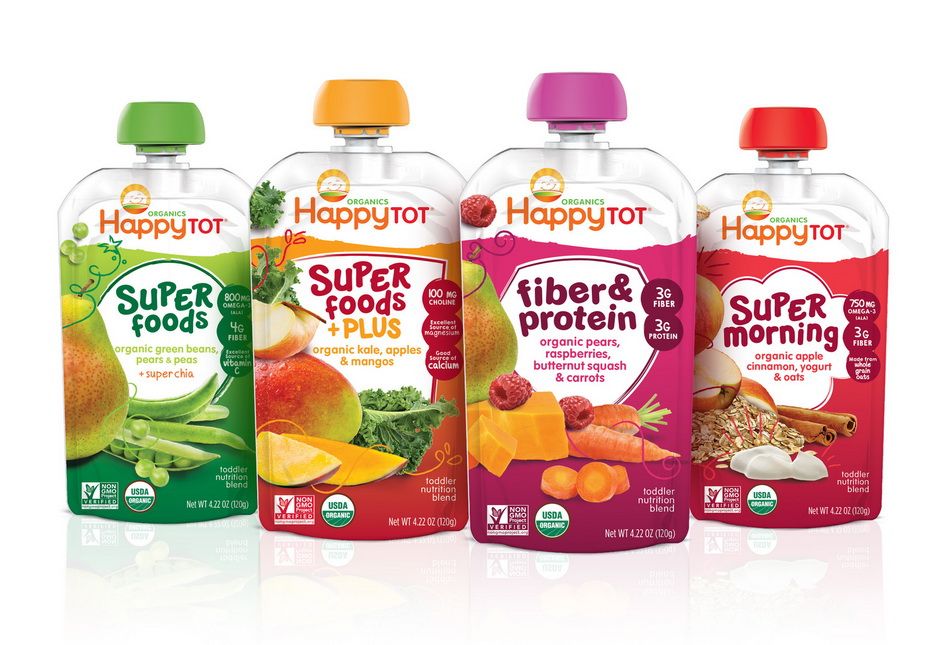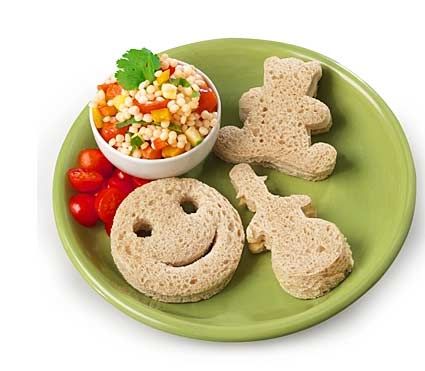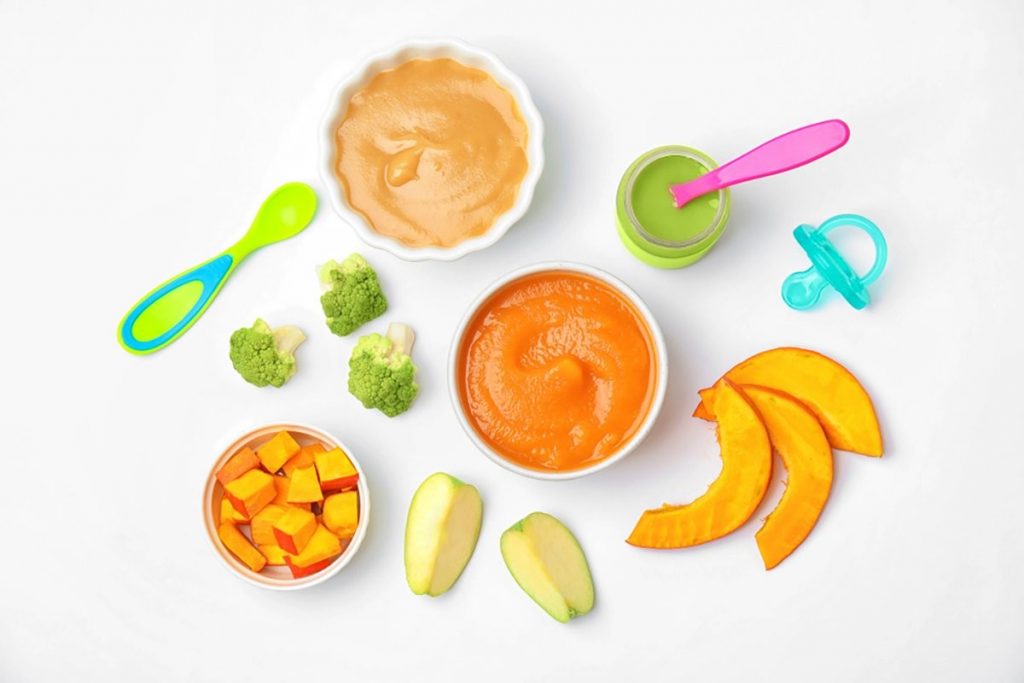How to prepare frozen fruit for baby food
Homemade Baby Food Fruits and Vegetables FAQ page. Learn about preparing fruits and vegetables for homemade baby food, find answers to common questions about Preparing, Storing and Making Homemade Baby Food from Fruit and Vegetables
1. Why do you have recipes to cook fruit?
Can I give my baby raw fruits? Many pediatric sources recommend cooking fruits until baby is about 8 months old. Bananas and avocado are an exception. For infants who start solids prior to 6 months old, cooking fruits is recommended. Cooking fruits breaks them down thus enabling easier digestion in an immature tummy.An older baby will be better able to handle the fibers and sugars of raw fruits than will the baby who is younger and just starting on solids.The “skins” of the fruits should always be peeled, especially prior to 8 months old. Infants who are fed fruits that have been pureed raw, with skin/peel on, may not have any issues with digesting those fruits. There are no immediate life threatening health risk to a baby fed raw fruits however, you may find baby has some digestion and tummy troubles. This should pass once the fruit itself has been passed.Depending on the doctor to whom you are speaking, this recommendation may vary with age. Some doctors may say cooking fruits is not necessary at all.
NOTE: Peeled raw & ripe fruits are perfectly fine in a baby safe feeder. Why? The amount of fruit that your baby will actually manage to eat from the Baby Safe Feeder is very small. There is a difference between spoon feeding a baby fruit and allowing a baby to suck on fruit from the Feeder.
2. Peeling Fruits & Veggies – Do I peel fruits & veggies for homemade baby food?
Please visit our Peeling Fruits & Veggies page to learn more
3. Fresh Frozen or Canned vegetables and fruits for baby food?
It is always best to use Fresh whenever possible and whenever fresh is truly fresh. Using Frozen foods is the second best choice. Caveat: read the labels as many frozen vegetables contain added salt and frozen fruits may contain syrups.
Why Not Canned Fruits and Vegetables for use in Homemade Baby Food Recipes? Canned vegetables and fruits for making homemade baby foods are not recommended for several reasons. Please read our Using Canned Food for Homemade Baby Food article to learn more.
4. Can I use Frozen Vegetables or Frozen Fruits in Homemade Baby Food Puree Form?
Yes – You can use frozen fruits and vegetables to make your homemade baby food recipes. Frozen fruits and vegetables for making homemade baby food may be a better alternative than fresh. Frozen fruits and veggies may be more fresh than fresh. Many sources and food authorities say that oftentimes frozen foods are more “fresh” than fresh. Were you to have the choice between a soft, bruised and less than Fresh acorn squash versus frozen squash to make homemade baby food, the choice for many people would be to purchase the Frozen squash.
Further, many fruits and vegetables that are seasonal may be unavailable as fresh and using their frozen counterparts is acceptable.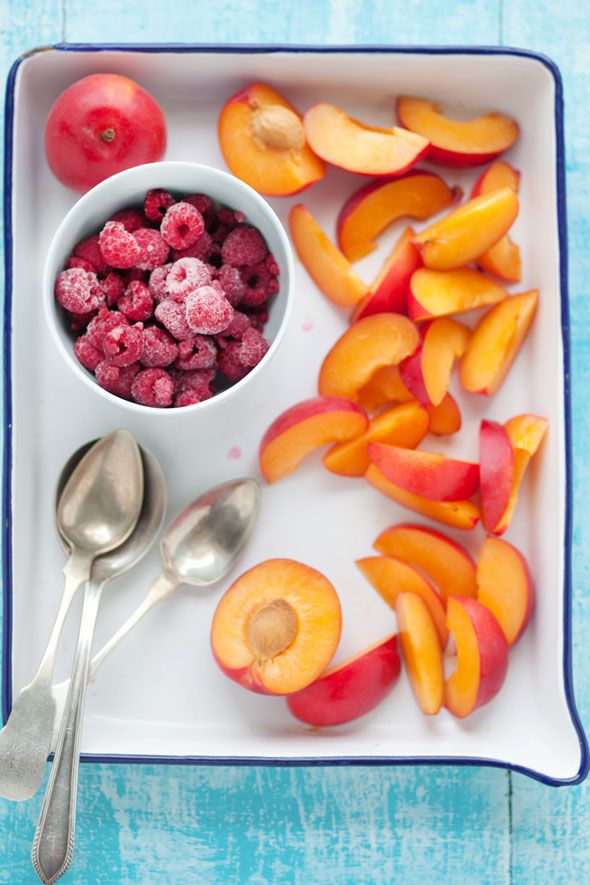 There is some debate about using Frozen foods to make baby food. There are a few books that do not recommend using frozen foods and then re-freezing those veggies or fruits. The recommendation in those books advocate that only 100% fresh foods be used for homemade baby foods.
There is some debate about using Frozen foods to make baby food. There are a few books that do not recommend using frozen foods and then re-freezing those veggies or fruits. The recommendation in those books advocate that only 100% fresh foods be used for homemade baby foods.
Oftentimes, those same books will recommend that only Organic foods should be used and that anything other than Organic and Fresh isn’t good and should be avoided entirely. This is untrue and sadly, often scares parents away from making their own baby food.
In a “perfect” situation, Organic and Fresh this is the BEST choice by far. However, there are many parents who do not and will not have economical or logistical access to only fresh fruits and vegetables (or Organic, locally farmed meats) than there are parents who do. In this instance, using frozen is far better than using canned.
5. Choosing Frozen Vegetables and Frozen Fruits for Homemade Baby Food
When choosing frozen veggies, look for those that contain no salt.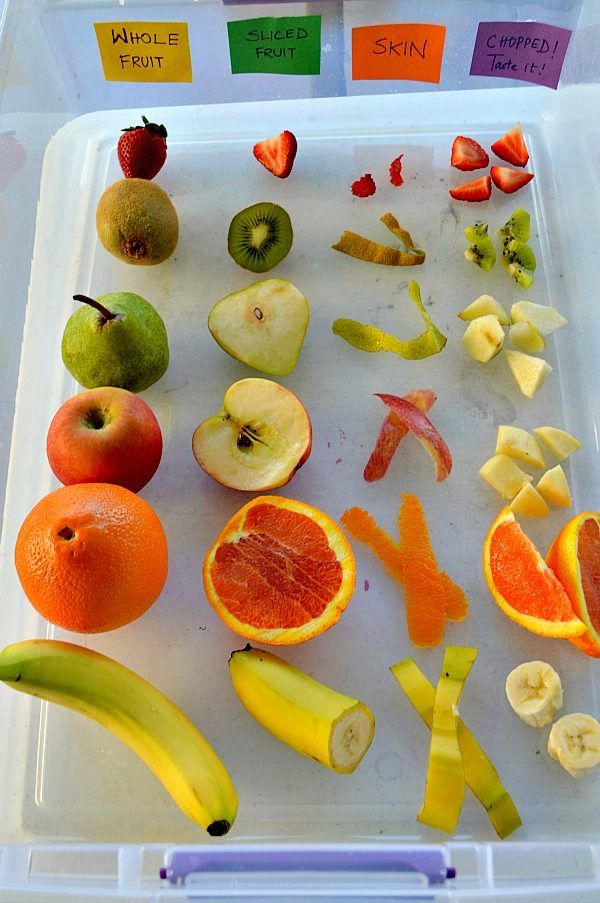 If you cannot find any veggies that are salt-free, simply give the veggies a good rinsing prior to cooking them. When choosing frozen fruits, try to find those that are not frozen in syrups or other sugars.
If you cannot find any veggies that are salt-free, simply give the veggies a good rinsing prior to cooking them. When choosing frozen fruits, try to find those that are not frozen in syrups or other sugars.
There many fruits such as peaches, melons, avocado, blueberries and strawberries that are frozen “au natural” with citric or ascorbic acid being a possible additive. Frozen fruits should be cooked prior to pureeing and then freezing. You may wither steam or bake the fruits. If your baby is old enough to be served fruits that do not need to be cooked, take out the appropriate amount of fruits from the freezer bag, puree or mash and then store in the fridge for up to 72 hours.
ALWAYS ensure that you are not feeding baby directly from the bowl and then storing the bowl you fed from back in the fridge – take out the portion you will feed, put it into baby’s bowl and then put the bowl of food back into the fridge.
More about using Frozen Vegetables and Frozen Fruits for Homemade Baby Food
Do I cook the frozen fruits and veggies?
Frozen veggies/fruits are typically NOT cooked prior to freezing and packaging; hence why you have to cook and not just warm them.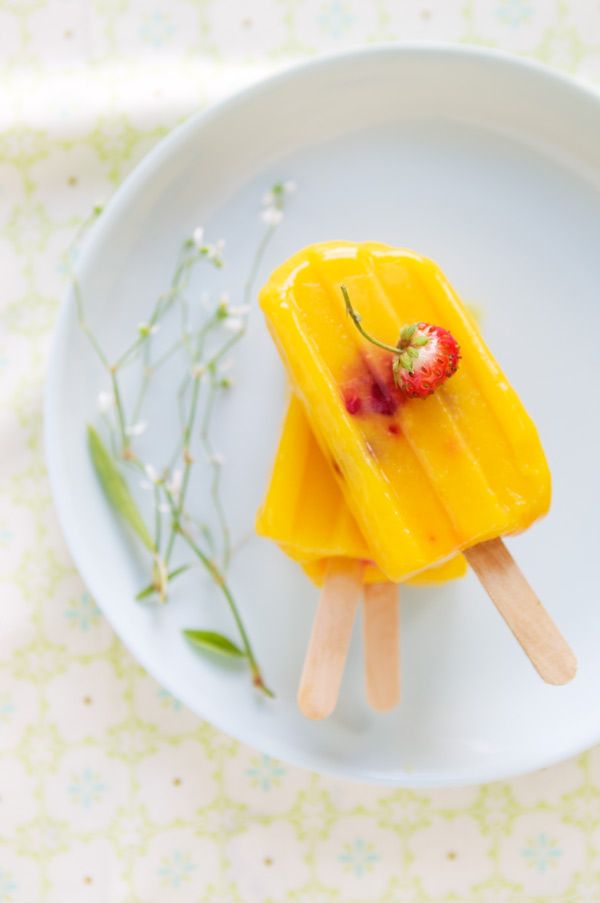 When you freeze purees that you have made from frozen veggies or fruits, you have cooked those veggies/fruits. Odds are that prior to freezing, those same foods have been picked at the peak of freshness and “flash” frozen for optimal taste and nutrient preservation.
When you freeze purees that you have made from frozen veggies or fruits, you have cooked those veggies/fruits. Odds are that prior to freezing, those same foods have been picked at the peak of freshness and “flash” frozen for optimal taste and nutrient preservation.
It’s safe to freeze foods that have been frozen AND cooked
Refreezing foods that have been thawed but not cooked, is not safe nor is it recommended.
For example, if you thaw out a roast, you then cook it and freeze the leftovers for another meal – this is ok and safe. If you were to thaw that same roast and then change your mind and toss it back in the freezer without cooking it, this is bad and could pose a health risk.
Bacteria will grow at a variety of different temperatures – temps close to freezing and even right to the boiling point of water. Bacteria that grow best at the middle of these temp ranges are mesophiles; those that are human pathogens and opportunists.
Is there a loss of nutrients with freezing?
Truth is, more nutrients are lost in the cooking of foods than are lost in the freezing of foods.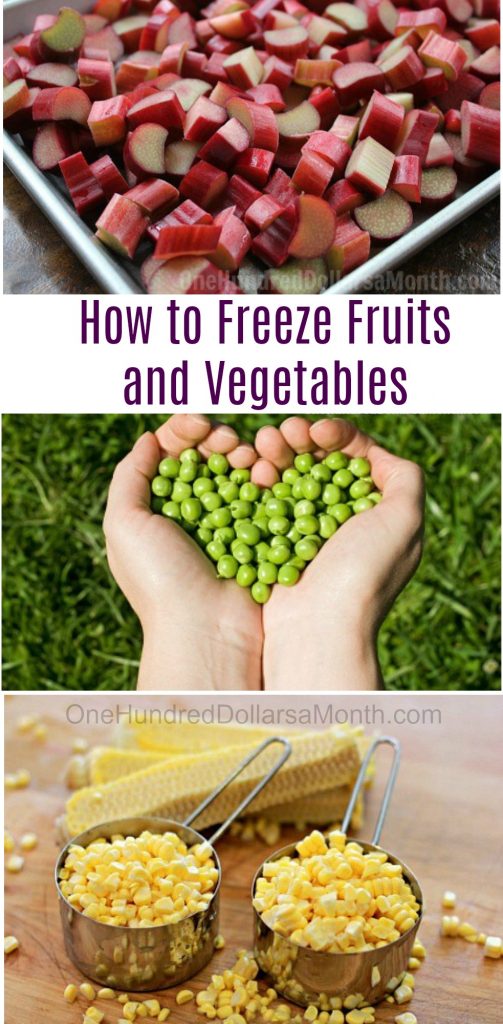 Remember, the frozen fruits/veggies that you purchase have not been precooked (unless otherwise indicated on the label – do not buy these types if you find them). When you cook the frozen vegetable, it is the first time that that vegetable has been cooked.
Remember, the frozen fruits/veggies that you purchase have not been precooked (unless otherwise indicated on the label – do not buy these types if you find them). When you cook the frozen vegetable, it is the first time that that vegetable has been cooked.
Read more at our Freezing Homemade Baby Food Page
6. Should I Only Use Organic Foods?
Organic foods are healthier than most conventionally grown foods. This is due to the lack of, or a significant reduction in, chemicals and pesticides that are in and on foods that are grown organically. Buying and preparing Organic foods for homemade baby food has great health advantages for those infants. Their tiny bodies are not exposed to the levels of pesticides that are found in conventional foods.Pound for pound, an infant consumes more pesticides due to body size. When serving “nitrate” vegetables, the levels of nitrates in Organics are significantly reduced though not 100 percent eradicated (Nitrates are naturally occurring and farming without using nitrogen fertilizers does not eliminate nitrate concentration).
Read More about Choosing Organics
7. How Long Can I Keep Fruit & Vegetable Baby Food Purees in the Refrigerator?
It is recommended that fresh pureed homemade baby food be stored no longer than 48 hours (many food safety authorities say that 72 hour is fine.) in the refrigerator. This limit ensures that bacteria growth in the puree is kept to a minimum and that the food does not take on the “taste of the fridge”. This “rule” applies for veggies, fruits, meats etc.
If you do not plan to freeze your homemade baby food, we would suggest that you make the puree on a day to day, or every other day, basis. For example, one sweet potato may be baked and then you may freeze one half without pureeing it and then puree the other half. This method will help cut down “waste” and also allow for food safety.
8. Breast Milk and Formula for Making Fruit & Vegetable Purees
You should not use Previously Frozen Breast Milk to thin purées that you will then be freezing into baby food cubes.
Breast Milk should never be re-frozen in any way or form. Using formula to thin and then freeze purées is acceptable.
Formula companies warn that you do not freeze Infant Formula due to a separation of the formula and not due to any health or nutritional risks. Keep in mind that the amount of formula used in purées is not equal to feeding an infant a bottle of formula.
“Freezing of any Enfamil formula is NOT recommended. Freezing infant formula can lead to physical property changes like fat separation, which may prove difficult for sensitive infants to digest. Freezing will not extend the expiration date of the formula.” “Freezing of our products may cause loss of desirable appearance and functionality (though not nutrition), and is not recommended.” Clinical Frequently Asked Questions, Storing Enfamil
You may wish to mash or puree your baby foods and freeze without thinning with any liquid. Should you decide to do this, you simply thaw the “un-thinned” food cubes and then thin the food cubes to the desired texture that your infant requires.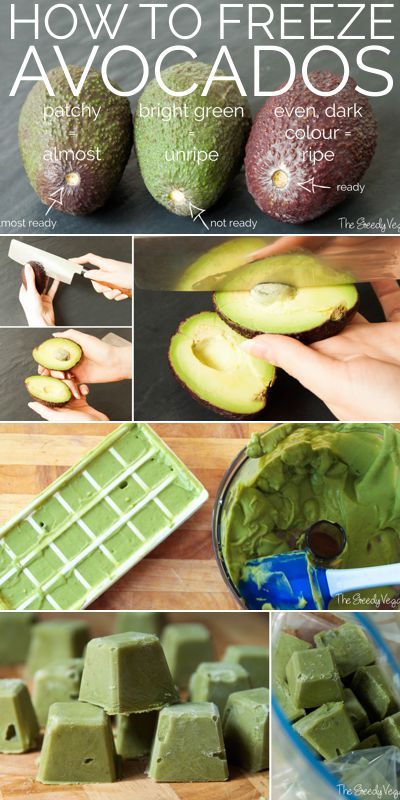
For more information, visit our Blog topic on using Formula in Baby Food Recipes
9. Best Cooking Methods for Fruit & Vegetable Purees
Baking, steaming or boiling in scant amounts of water is the best way to allow the vegetables to become soft while maintaining the nutrients. Use the leftover water to puree for optimal nutrient preservation. We prefer to bake fruits and veggies whenever possible as baking or roasting will enhance and bring out the flavor of the foods.
Be sure to cook frozen veggies as well, according to the package instructions and then puree as you would if you were using fresh veggies. When cooking vegetables that may contain nitrates, you might want to puree with water other than which the spinach/carrot/broccoli etc. was cooked in.
10. When do I Thin the Fruit & Vegetable Puree?
You may thin your purees either before or after freezing them. It really is an individual choice and is dependant on what you will be using as your liquid (previously frozen breast milk for example should never be re-frozen.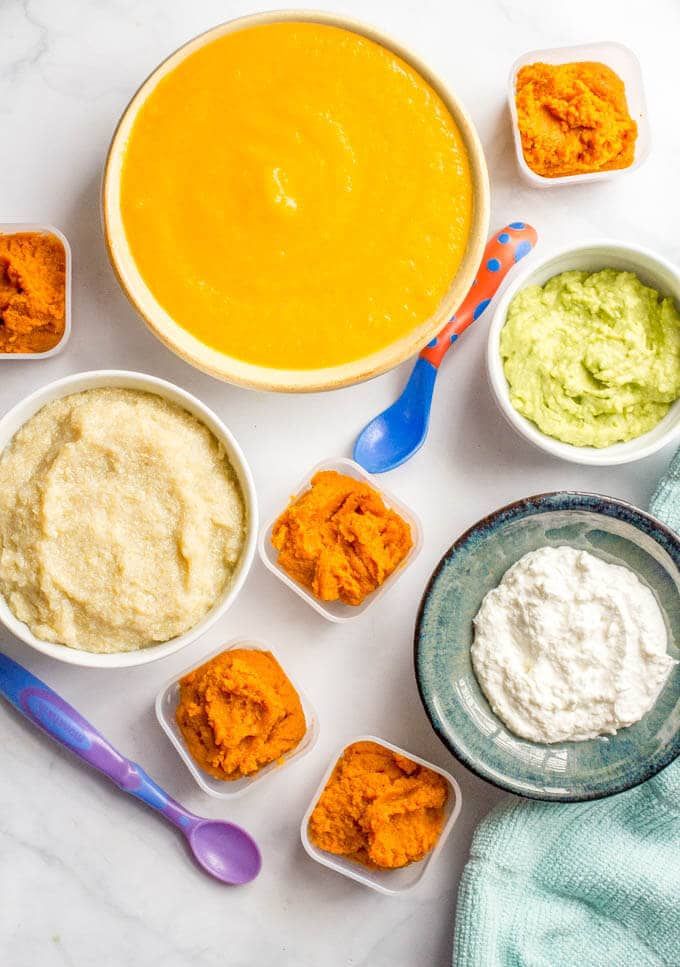 ), many parents find it easier to thin their purees and then freeze. When baby moves on to more texture, it may be easier to simply freeze the purees and then thin upon thawing if needed.
), many parents find it easier to thin their purees and then freeze. When baby moves on to more texture, it may be easier to simply freeze the purees and then thin upon thawing if needed.
Read about Thinning and Thickening Homemade Baby Food
RELATED ARTICLES:
-
Transitioning to Sippy Cups between ages 6 months to 12 months.
-
Solid Food Stages & Feeding First SolidsMonth Range of Feeding Stages & Tips for Feeding First Solid Foods.
-
Introducing Solid Foods by Age Chart for information about what food to avoid and what foods are appropriate for certain ages.
-
How Much Food Should Your Baby Eat? Read our article and ease your mind.
-
Is My Baby Ready for Solids? Explore some key signs and points about the readiness for solid, complementary feedings.

Remember, always consult with your pediatrician regarding introducing solid foods to your baby and specifically discuss any foods that may pose allergy risks for your baby.
SHARE ON FACEBOOK SHARE ON PINTEREST
Puree and Simple: Make Your Own Baby Food
“You make your own baby food?” a puzzled mom asks me.
“Yes, it’s no big deal,” I say.
“But aren’t you busy?”
Busy? Yes! I have two jobs and a baby . . . and I still have time to make baby food! It’s not that hard.
Most of the moms I’ve met seem to think there’s some kind of mystique to those little glass jars. But I make my own baby food, and here’s my secret: It’s cheap, quick and easy. Anyone with a stove, a blender and a freezer can do it.
Homemade vs. jarred“People never think of [making baby food],” says Edmonds physician Ann Begert. “It’s healthier; you can use better stuff, and it tastes better.” That’s because commercial processing takes the flavor out of baby food, Begert says.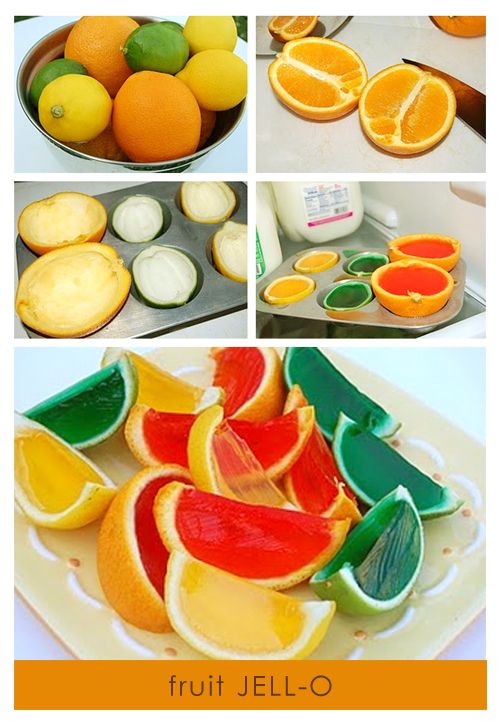 “Have you ever tasted it? It doesn’t taste good. I don’t know how babies eat it.”
“Have you ever tasted it? It doesn’t taste good. I don’t know how babies eat it.”
Feeding guidelines for homemade baby food are the same as for jarred, says Begert. “I tell people to start with rice cereal, but then they can use fruits and vegetables.” Begert suggests parents feed babies green vegetables so they develop a taste for them. For picky eaters, lean toward sweeter foods, which kids tend to like more readily.
Do you need to go organic? Not necessarily, according to Begert. Organic produce costs more, and may not be necessary. “We don’t have good data about what bad things are in [nonorganic] food,” Begert says. “Organic is preferential if you can afford it, but it’s not the end of the world if you can’t.” The rule of thumb for choosing conventionally farmed produce over organic starts with considering the thickness and edibility of the skin. In general, it’s best to buy organic thin-skinned or edible-skinned produce. Thick-skinned produce doesn’t tend to absorb as many chemicals into the edible part of the fruit.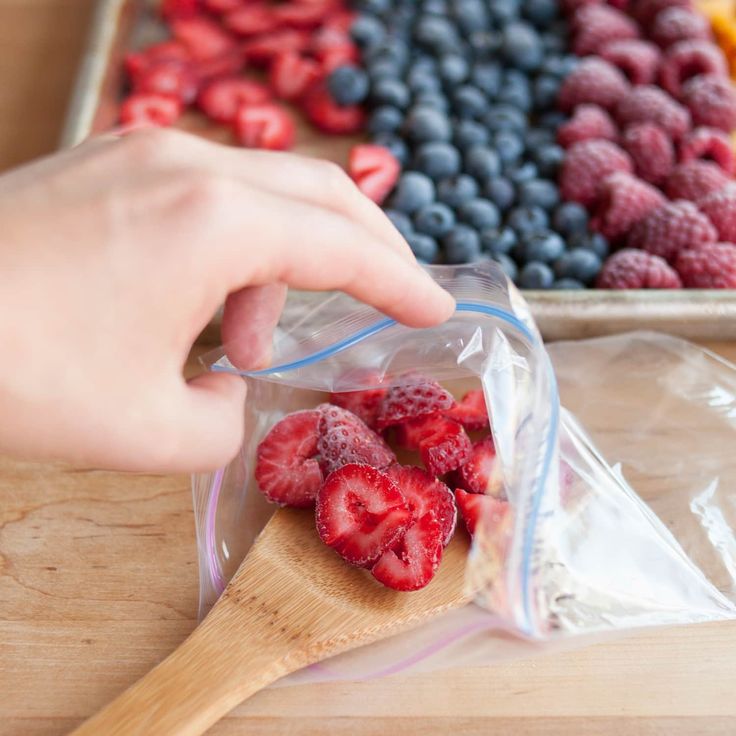
To make baby food, start with fresh or frozen vegetables. Frozen organic veggies are cheaper and easier to use than fresh, and they retain most of their nutrients in the freezing process, according to the Department of Agriculture. Plus, they don’t require much cooking because they’re already fairly soft. Fresh vegetables typically have more nutrients, but require a little more work (washing, chopping, etc.).
To begin, prep fresh vegetables for cooking or open a package of frozen veggies. Steam vegetables in a steam basket or microwave in an inch of water, covered with a wet paper towel until soft. Once they’re cooked, drain them; pop them in the blender or food processor and purée. If you use a blender, you may need to add a little water to make a smoother purée. Voila! Ready to eat.
Here’s a nifty trick for preserving leftovers: Pour them into an ice cube tray and freeze, then pop out the cubes and store in a freezer bag. Each cube makes a nice little serving.
As you introduce a new food, offer it for all meals, for three or four days in a row, Dr. Begert advises. That way, if your child has an allergic reaction to a food — signs include a rash, diarrhea and fussiness — you’ll be able to easily tell which food it is.
The most common food allergens are strawberries, nuts, eggs and milk, says Begert. “That’s why we don’t feed them to kids until they’re a year old.” Allergies are also the reason doctors don’t recommend feeding solids to babies younger than 6 months. And parents with family histories of food allergies should be more prudent. “If you have a severe nut allergy in the family, don’t test it at home,” Begert says. Doctors are more than willing to test children at risk for severe allergies in the examination room.
As baby grows, you can skip the blender and cut cooked vegetables or fruit into small pieces as needed. Pieces should be smaller than half of a peanut, says Begert, to avoid choking.
Maria Bellos Fisher is a freelance writer, blogger and baby food chef. Find her blog, Hereditary Insanity, at mariabellosfisher.com/blog.
Sweet treats
Sweet potatoes and butternut squash can be sweet treats for baby. Squash can be steamed, but roasting it in the oven will concentrate the sugars. For butternut squash, halve the squash, scoop out seeds, lay skin side up on a greased cookie sheet and bake for one hour. Squash is done when a fork pierces skin and flesh easily. Remove skin and purée.
For sweet potatoes, pierce skin several times and bake on a pan at 350 degrees for one hour (or less for smaller potatoes). They’re ready when they feel soft and the skin separates easily from the flesh. Remove skin and purée.
More tips on making homemade baby food.
Frozen puree - preparation of vegetables and fruits for children for the winter » Suseki
Skwerl - Oct 12th, 2016
Categories: Freezing
Tags: Baby Puree, Frozen Pears, Freezing Vegetables, Apricot Puree, Pumpkin Puree, Blueberry Puree, Applesauce
trace elements.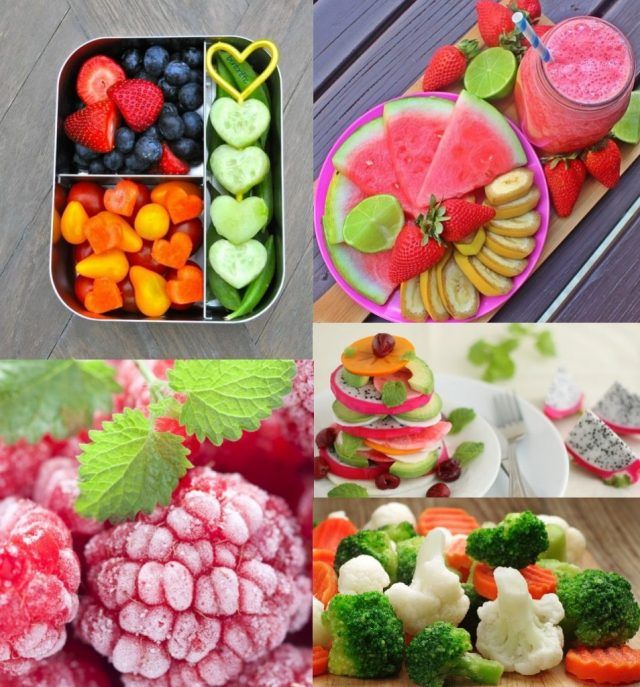 In summer, this is easy to do, there are many fresh vegetables and fruits, and in winter you need to come up with alternative options. A large number of manufacturers offer a wide range of ready-made baby purees, but are they really that good? After all, we do not know exactly what is in their composition, whether the technology of preparation and storage of products is correctly observed. And even if everything is fine there, then such a puree consists not only of vegetables and fruits, but at least sugar and thickeners are added there. So how to be? The answer is simple - make your own puree and store it in the freezer.
In summer, this is easy to do, there are many fresh vegetables and fruits, and in winter you need to come up with alternative options. A large number of manufacturers offer a wide range of ready-made baby purees, but are they really that good? After all, we do not know exactly what is in their composition, whether the technology of preparation and storage of products is correctly observed. And even if everything is fine there, then such a puree consists not only of vegetables and fruits, but at least sugar and thickeners are added there. So how to be? The answer is simple - make your own puree and store it in the freezer.
You can freeze in the form of puree absolutely any fruit, vegetable or even meat that a child can eat.
Ingredients: meat, vegetables, fruits
Time for laying: summer, autumn
Content
- 1 Furifier of vegetables
- 2 Fruit fruit
- 3 Features of storage
- 4 consumption of frozen children's puree
Freeze vegetable puree
Most often, mothers prefer to freeze seasonal vegetables, such as: zucchini, pumpkin, rhubarb, celery, green peas, cauliflower, broccoli, spring carrots, spinach. In order to freeze mashed vegetables, you must first bring these same vegetables to readiness. In this case, stewing vegetables is most suitable, this allows you to save more vitamins than boiling. It is necessary to cook each vegetable separately and strictly observe the cooking time, so the zucchini will be ready in 15 minutes, and carrots or cauliflower will need 7-10 minutes more. You can also add pre-cooked meat to vegetables, children love this puree very much. Immediately after cooking, while still hot, it is necessary to turn the vegetables into a puree using a blender or by rubbing through a sieve, put them in a clean, dry dish and send them to the freezer.
In order to freeze mashed vegetables, you must first bring these same vegetables to readiness. In this case, stewing vegetables is most suitable, this allows you to save more vitamins than boiling. It is necessary to cook each vegetable separately and strictly observe the cooking time, so the zucchini will be ready in 15 minutes, and carrots or cauliflower will need 7-10 minutes more. You can also add pre-cooked meat to vegetables, children love this puree very much. Immediately after cooking, while still hot, it is necessary to turn the vegetables into a puree using a blender or by rubbing through a sieve, put them in a clean, dry dish and send them to the freezer.
Freezing fruit puree
Fruit puree is even easier to prepare than vegetable puree. To prepare it, you just need to thoroughly wash the fruit, peel and puree them in any convenient way. Most often, mothers prefer to prepare mashed potatoes for their babies from apricots, peaches, plums, pears, apples. You can prepare a combined puree, for example, apple puree with blueberries, strawberries, currants or raspberries. These fruits lend themselves well to freezing and do not lose their taste and useful properties.
You can prepare a combined puree, for example, apple puree with blueberries, strawberries, currants or raspberries. These fruits lend themselves well to freezing and do not lose their taste and useful properties.
Storage features
When it comes to baby food, it is very important to follow the food storage technology so as not to harm the baby. It must be remembered that baby puree cannot be re-frozen, so it is necessary to use dishes that fit only one serving. These can be jars of store-bought mashed potatoes, small plastic containers, ice molds. If there was a power outage and the products melted, they will have to be thrown away, it is not safe to give this to a baby (
Consuming frozen baby puree
To feed a child with frozen vegetable or meat and vegetable puree, you need to take out one serving and heat it in a water bath or microwave to the desired temperature, add a little butter or vegetable oil and you can eat.
Fruit puree is simply enough to defrost at room temperature, without cooking.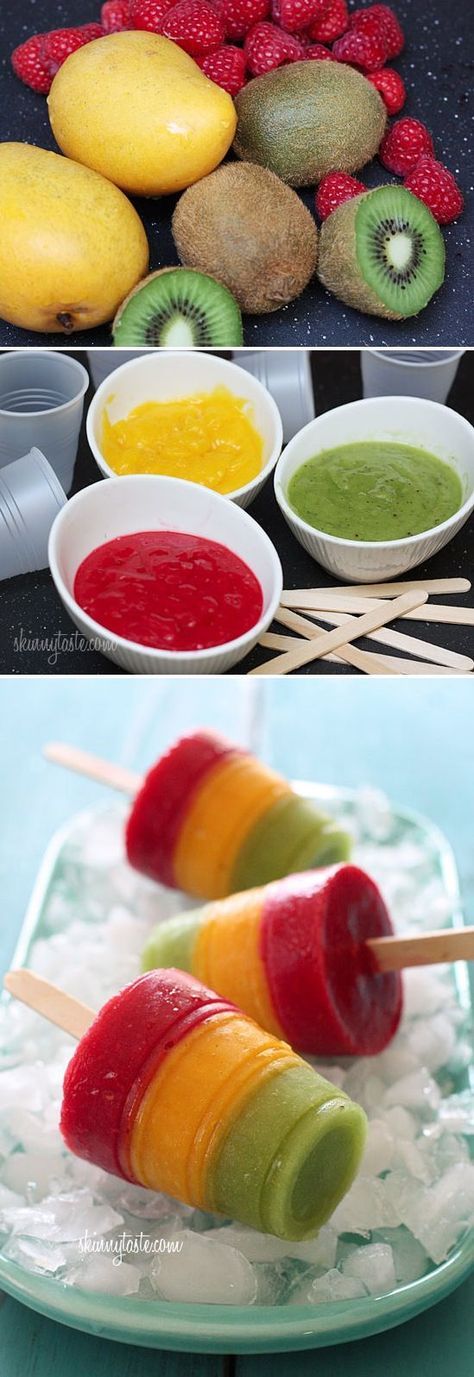 Fruits and vegetables in the form of puree are successfully combined with various cereals, cottage cheese and kefir and make these dishes more attractive for little gourmets.
Fruits and vegetables in the form of puree are successfully combined with various cereals, cottage cheese and kefir and make these dishes more attractive for little gourmets.
See video: How to make pumpkin puree
Tweet
How to freeze cucumbers for the winter in the freezer: 6 ways to freeze
How to freeze horseradish for the winter in the freezer: ways to freeze root and leaf horseradish
Frozen peas: 4 ways to freeze green peas for the winter at home
How to freeze meatballs - a simple recipe for homemade convenience foods
How to freeze fresh tomatoes for the winter - all ways to freeze a tomato
Frozen foods in baby food - Encyclopedia Baby food nutrition and frozen baby food.
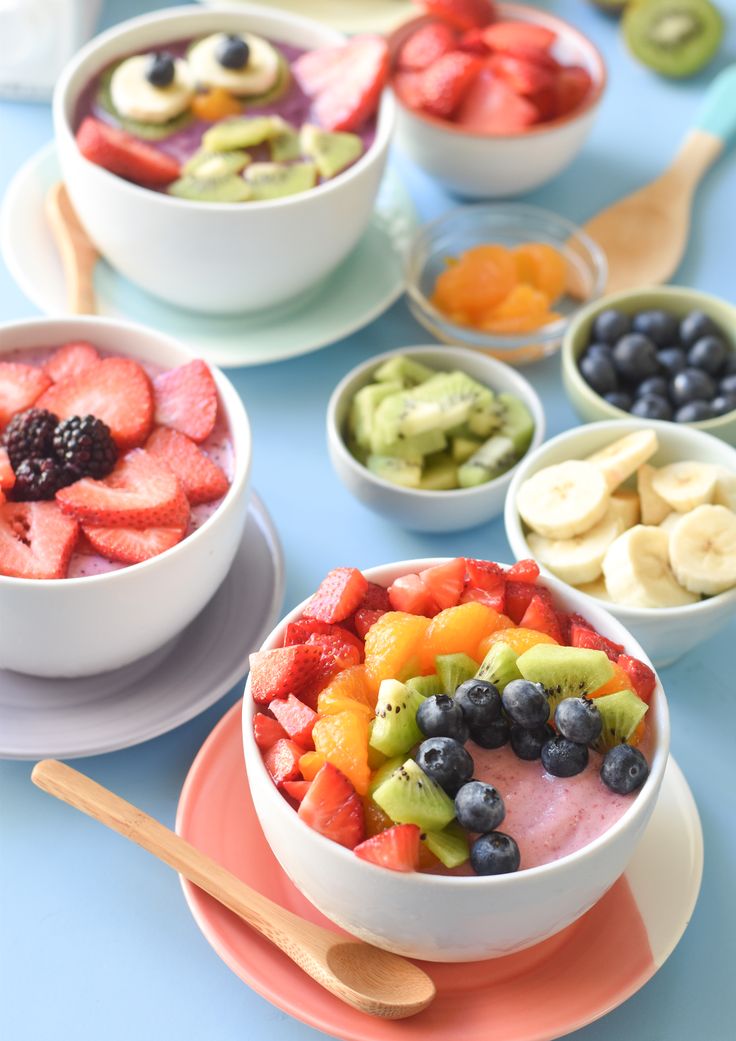 Making baby food from frozen food is a stumbling block and for some reason everyone comes up with a couple of ideas.
Making baby food from frozen food is a stumbling block and for some reason everyone comes up with a couple of ideas. Table of Contents:
Frozen vegetables can be used to make one-component purees for children, then as the child grows up, vegetable mixes can be made. Later, it will be possible to cook vegetable soups from three vegetables. As soon as meat is introduced into the child's diet, interesting combinations of soups can be cooked in the secondary broth with frozen foods, ranging from turkey soup and vermicelli to mashed soups.
Frozen products: fruit
Frozen fruits are most often used for making compotes, at first one-component fruits are boiled for the child, with one fruit, as the child grows up, mixes of three fruits can be made. After 10 months, you can cook from five or more fruits, the main thing is that the products are introduced into the child's diet. You can also make baby purees from fruits, which are pre-boiled. If the product is introduced fresh, then it is defrosted and given fresh as a separate dish or served with cereals, with vegetables in the form of two and three component purees.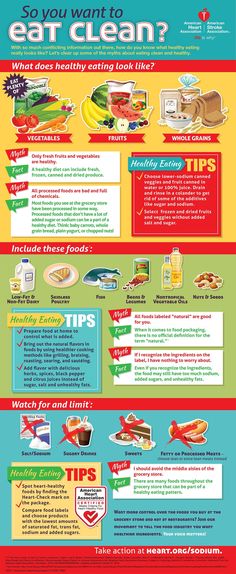 Also, frozen fruits can be mixed with yogurt, cottage cheese, cereals, vegetables, milk, etc. thereby expanding the taste sensations of the child.
Also, frozen fruits can be mixed with yogurt, cottage cheese, cereals, vegetables, milk, etc. thereby expanding the taste sensations of the child.
Frozen products: greens
Frozen greens are used in soups, for making meatballs, in general greens are needed to enrich the child's taste sensations. Basically, up to a year, greens are not put in a large number of children's dishes, in soup and nothing more.
Frozen baby puree
Frozen baby puree can be used thawed as a separate dish. Also different frozen baby purees can be mixed with each other. You can add fruit or vegetable purees to cereals. A cube of frozen baby puree can set off the taste or give the dish a new combination, the main thing is to experiment.
As you can see, frozen foods can perfectly fit into baby food, firstly, the child gets his portion of the vitamin, secondly, the work of the mother is facilitated and thirdly, the variety of tastes, textures and colors.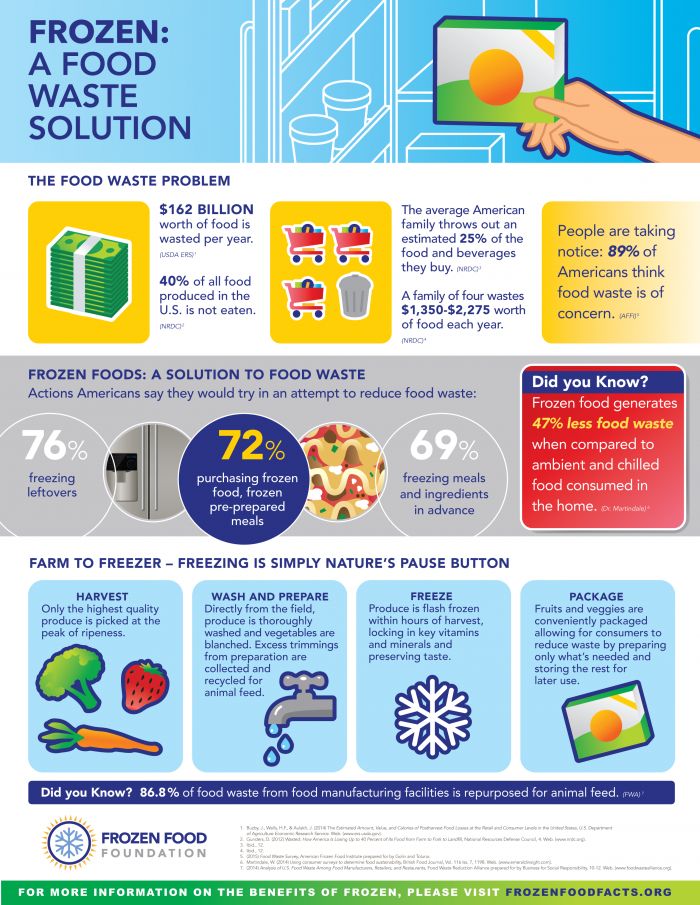
We are not afraid and add me to VK and Odnoklassniki, Instagram!
Like this article? Subscribe to site updates
"Encyclopedia Baby Food"!
Don't forget to bookmark us! (CTRL+SHIFT+D) Subscribe to the site, comment, share in social networks.
On our website Encyclopedia Baby Food there is useful information on the nutrition of your children, which is useful for everyone, and we update the website "Encyclopedia Baby Food" constantly and try to search and write only excellent, verified and necessary information for you and your children.
Disclaimer No. 1: It must be understood that the author of the articles on the Baby Food Encyclopedia website is not a medical staff, “I am not a doctor.” The information I share is based on my own experience. My goal is not to teach you how to eat or feed your child, but to talk about how we did it, what new things I learned or read.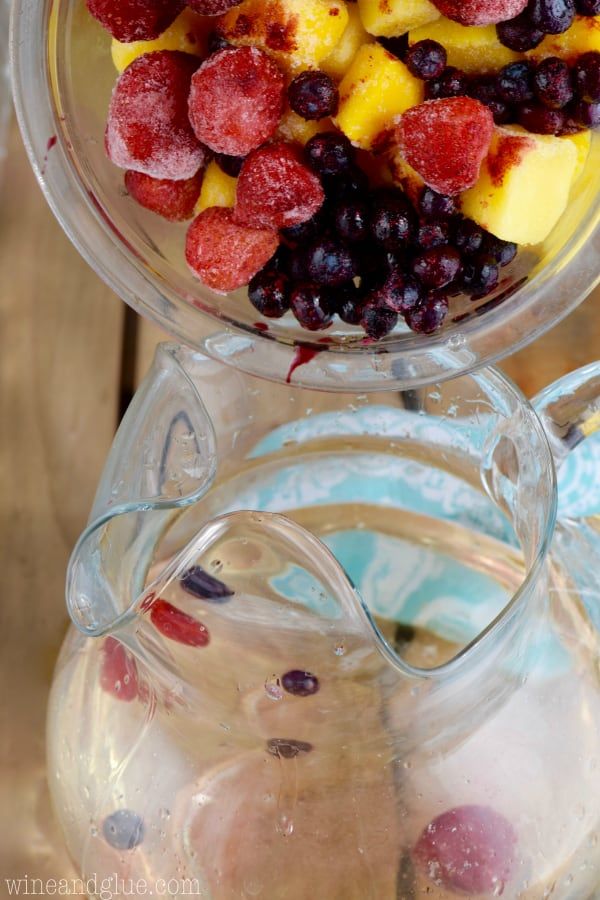 This expands the picture of Baby Food knowledge, gives you a glimpse of the whole process so you can decide if you like it or not.
This expands the picture of Baby Food knowledge, gives you a glimpse of the whole process so you can decide if you like it or not.
Disclaimer No. 2 : However, the above does not replace visiting a pediatrician. Before you start complementary foods, you need to get his professional opinion on the best way to introduce new foods for your baby. I also draw your attention to the fact that you need to look at the original date of the published articles, because some of the "best practices" may have changed. Always check with your child's pediatrician about complementary foods and their health.
Disclaimer #3: Keep in mind that every family is unique, every situation is also completely unique. There are no universal solutions. Only you can find what works best for you. Certain goals require certain sacrifices and priorities - not everyone wants to make those choices, and that's GREAT! Just know what you want to achieve, and be ready to get to work, putting the best of your strength!
Disclaimer No.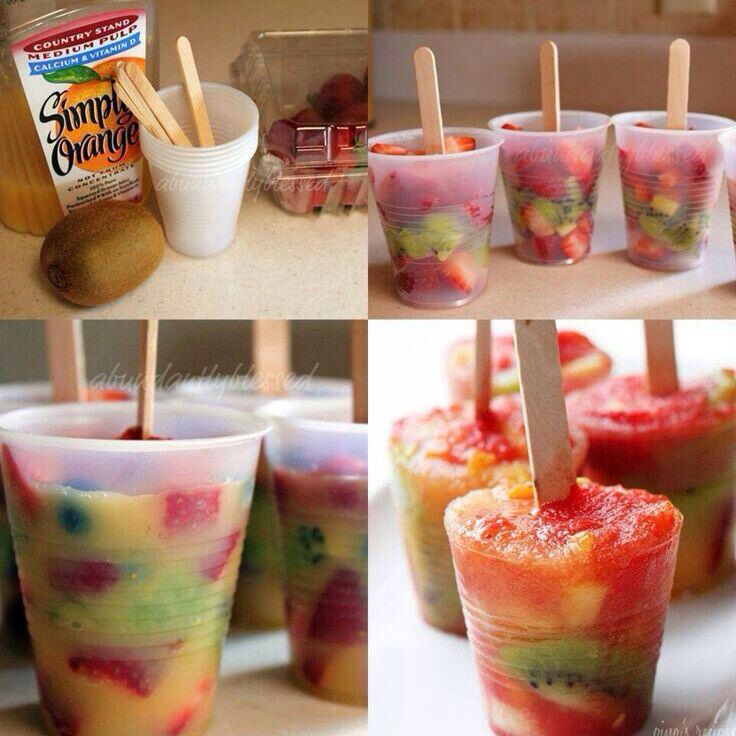
Learn more





